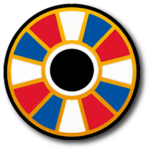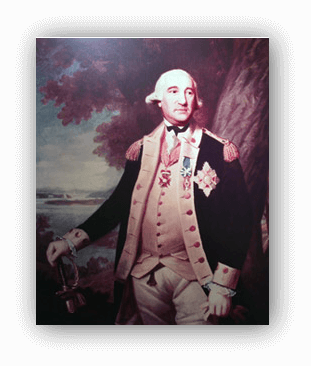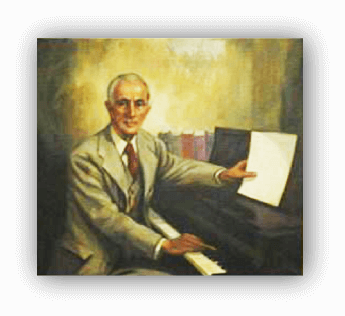The Steuben Society of America was founded by patriotic Americans of German descent to foster good citizenship in the German-American community

Dr. Charles Gilbert Spross Unit #167 Steuben Society of America
The Steuben Society of America was founded by patriotic Americans of German descent to foster good citizenship in the German-American community, to educate the public as to the positive role our ethnic group has always played in American society, and to preserve a sense of ethnic pride amongst German-Americans. In may 1919, in the aftermath of the First World War, the Steuben Society of America was founded by patriotic Americans of German descent to foster good citizenship in the German-American community, to educate the public as to the positive role our ethnic group has always played in American society, and to preserve a sense of ethnic pride amongst German-Americans. The founders chose to name the organization after one of the greatest German-Americans, Baron Friedrich Wilhelm von Steuben. A Prussian officer by training, von Steuben was recruited by Benjamin Franklin who persuaded the baron to offer his services to the Continental Congress. With the rank of Major General in the Continental Army, von Steuben became the first effective Inspector General for the US. During the brutal winter at Valley Forge the Baron set about training the continental troops which training General Washington credited as indispensable to America’s victory in the Revolutionary War. After the war von Steuben remained in the US and became a citizen, helped to found Order of Cincinnati, and served as a charter member of the New York State Board of Regents. While the Steuben Glass Corporation and Steuben County in western New York State are pronounced “stoo-BENN,” the Steuben Society uses the German pronunciation “SHTOY-bin.” The symbol of the Steuben Society is a circle with alternating colors of red, white, blue, and black. The red, white and blue are repeated four times around the outside circle, in overlapping compass-point designs, signifying citizens from all parts of the country bound together in one patriotic ring. In the center is a black disc, which, with the white and red, represents the national colors of the pre-1933 German flag. Unit #167 received its charter in 1966 in the Rathskeller of old Germania Hall in the City of Poughkeepsie. Our chapter was named for famous local composer, musician, and organist of the Congregational Church, Dr. Charles Gilbert Spross (1874-1961). Dr. Spross was well known in his day, and a catalog in the Germania music library lists nearly 1,000 compositions. A talented pianist as well, he often accompanied singers in performances of his own songs. Dr. Spross’ legacy has been re-established with the Dover publication Art Songs of the Turn of the Century, which features a reissue of his song “Will-o’-the-Wisp.” Recordings of “Will-o’-the-Wisp” by Alma Gluck (with Dr. Spross at the piano), Rosa Ponselle, and Marian Anderson have recently been reissued on CD. Another Spross song, “Let All My Life Be Music” has recently been released on the CD My Secret Heart ~ Songs of Parlour, Stage and Screen by Metropolitan Opera tenor Ben Heppner. Unit #167 meets on the First Friday of the month. Membership is open to American citizens of voting age who descend from at least one ancestor whose native tongue was German. Check the Germania calendar for dates of other events. |

General Von Steuben

Dr. Charles Gilbert Spross
Germania of Poughkeepsie Inc.
37 Old Degarmo Road
Poughkeepsie, NY 12603
(845) 471-0609